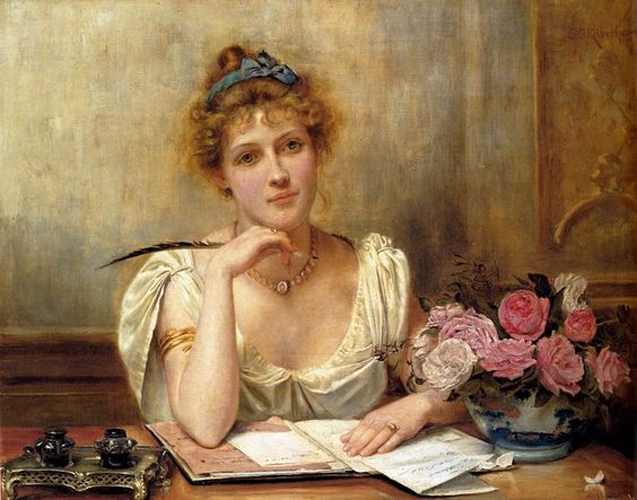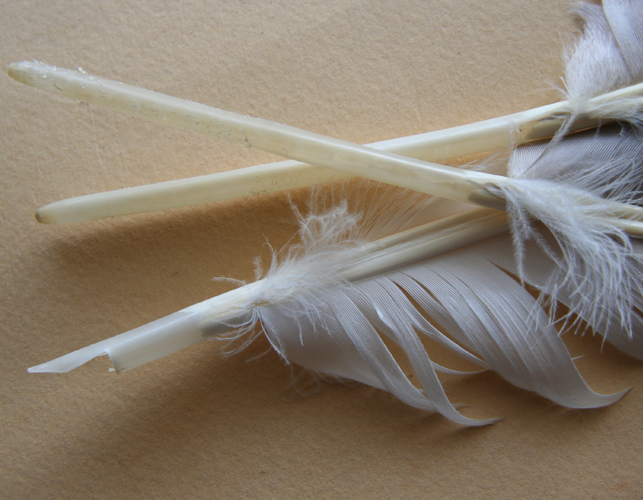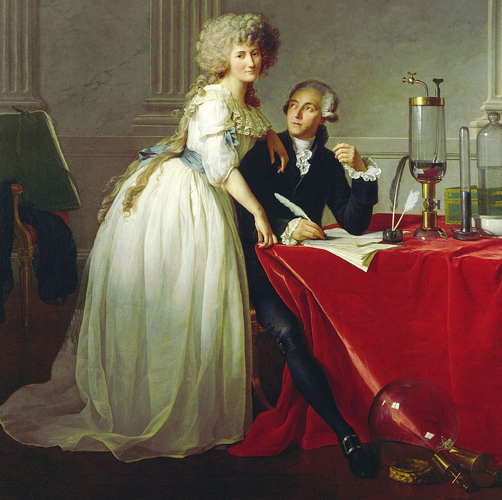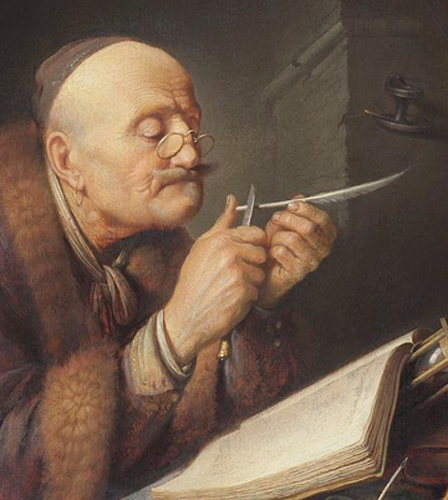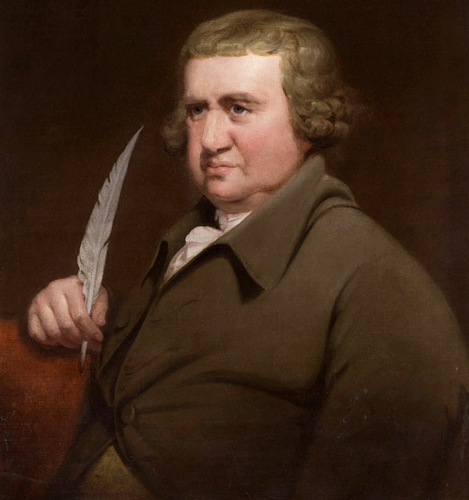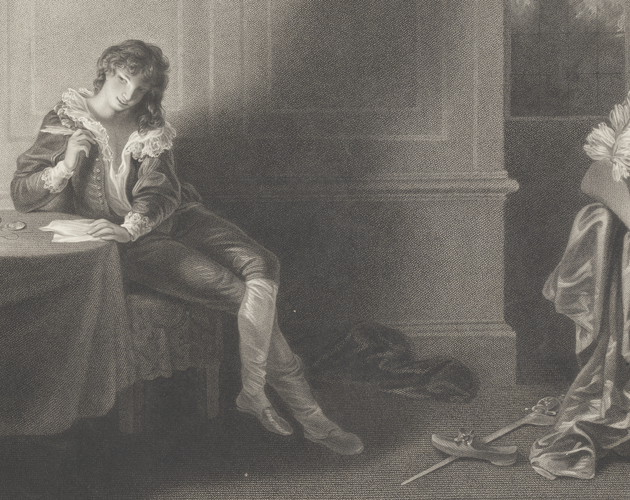Quill Pens
These days, the clack, clack of a keyboard has replaced the feathery whisper of a pen dancing over paper for many of us writers. But in Murder On Black Swan Lane, the heroine is a satirical cartoonist, and she sees the world through the cutting-edge strokes of her pen. She’s constantly drawing, and all the constant attention to detail—the fine cross-hatchings, the clever commentary—demands a dexterity that is a dying art in our day. I found myself thinking of the rhythm of Regency writing, and as she needs to occasionally sharpen her quill, both literally and metaphorically, I wondered, “How does she do that?”
Ah, research. Not only is it a perfect excuse to procrastinate, but I also find it such fun to discover the sort of arcane facts that only a history geek can love. So, let’s fly through a quick primer on how a goose feather could end up in the hand of jane Austen—or Charlotte Sloane!
It’s thought that quill pens originated in Seville, Spain, around 600 AD. Their use quickly spread throughout Europe as they produced a finer writing on vellum that the older reed pens used before that time. Many of our most historic documents, including the Magna Carta and the Declaration of Independence, were written with a quill pen. While it’s true that a patent was issued in 1803 for a metal nib, it wasn’t until 1830 that steel-tipped pens became commercially available. Their quality was further enhanced as technology allowed the steel to be tipped with harder metals, such as iridium and osmium, and by 1850 the quill pen was going the way of the Dodo bird.
But in the Regency era, “quill” was synonymous with “pen” in Great Britain. (The Latin word for feather is penna) Goose feathers were the most popular, and it’s said that the best ones came from Lincolnshire. Only the “flight” feathers are used. A single goose provides about five per wing during a molt, and perhaps 20 during the course of a year. In addition to domestic production, millions of feathers were imported from all over Europe to meet the demand. Because of the natural curve of a feather, it’s said that right-handed people favor ones from the left wing, and vice versa. (That’s because a writer doesn’t want the feather to curve over the writing hand and obscure the line of sight to the paper.
A freshly plucked Regency feather was not nearly ready for its first dip into ink. It required an elaborate process by a quill dresser to turn it into a reliable writing instrument. Though tough, the barrel of an untreated feather is too flexible for writing. There’s also a membrane inside it which needs to be removed in for the finished pen to function more efficiently. So the quills were plunged into hot sand—a process called quill dutching, as it’s believed to have originated in Holland. This dries up the inner membrane, allowing it to be removed. It also hardens the barrel. For higher quality pens, the process was repeated several times.
Then it was on to a bath in diluted acqua fortis (known today as nitric acid.) This gave them a uniform yellowish color and made them easier to split. The quills were then shipped in bulk to stationery stores around the country. It was the stationer who would hire a pen cutter to turn a dressed quill into a pen. A good cutter could prepare about 600 pens per day. First comes a steeply angled cut to put a basic point on the quill. A vertical cut of perhaps 3/8 inch is added to gives flexibility, and then the point is trimmed straight across and tapered to a fine writing point.
Swan feathers are larger and stronger than goose feathers. Their points tend to be broader, so they are used when large letters are requires. Crow feathers became the pen of choice for ladies during the era because its smaller barrel tapers to a very fine point, which suited the style of tiny handwriting. They were also popular with artists and mapmakers for the fineness of their line.

